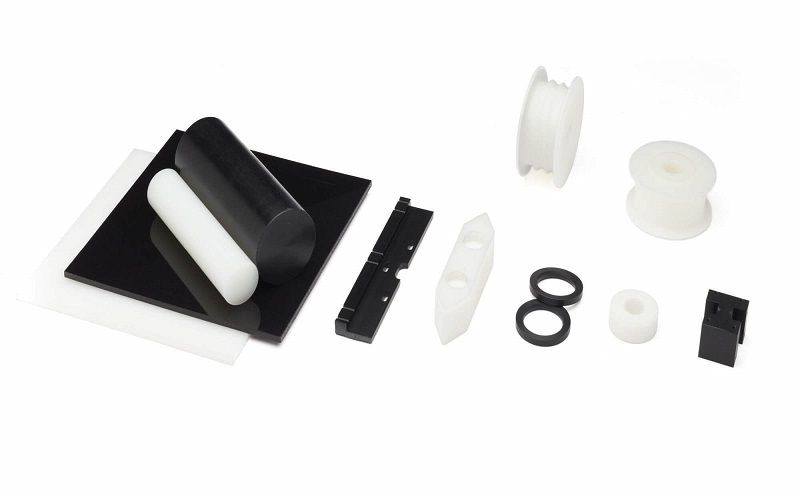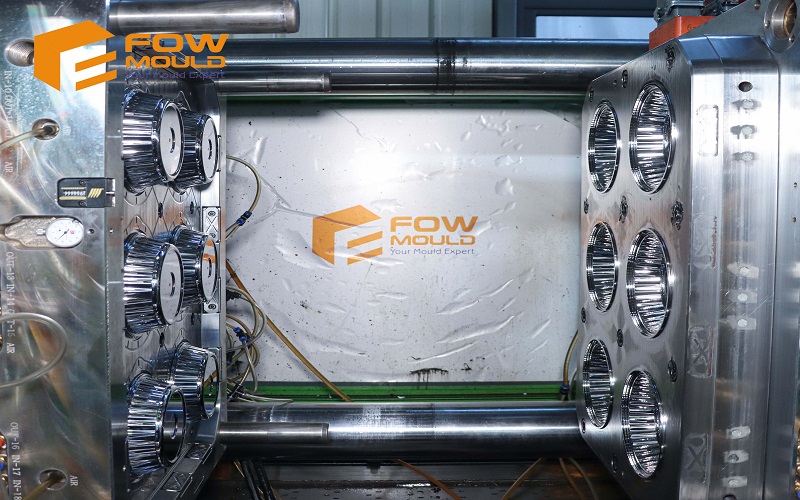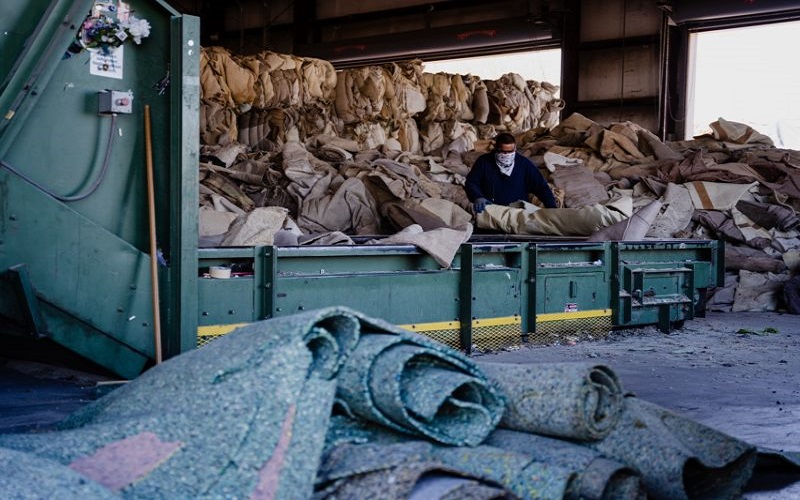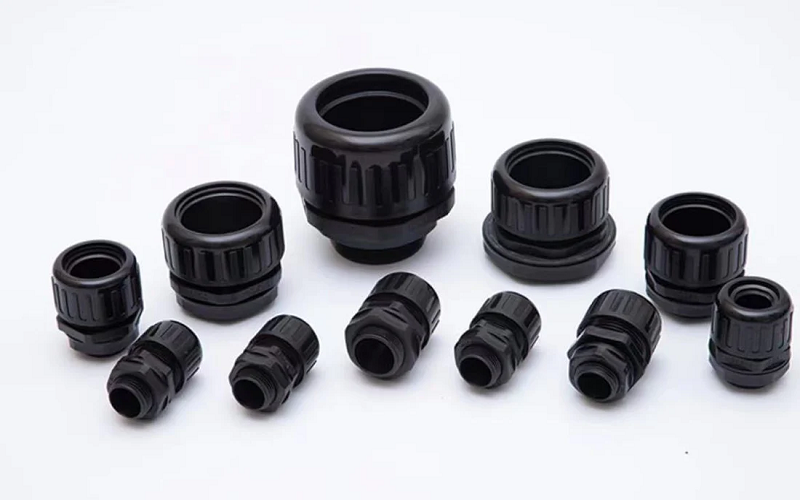Nylon, as one of the most common synthetic materials in our lives, is almost omnipresent.
From everyday clothing and kitchen utensils to a variety of industrial products, its uses are extensive and varied.
As people become increasingly concerned about health and environmental issues, an important question arises: “Is Nylon Safe?”
In the following content, we will delve into various aspects of nylon, with a focus on its safety, to seek the real answer to this question.
What Is Nylon?
Polyamide (PA), commonly known as nylon, is primarily synthesized through the polymerization of diamines with dicarboxylic acids or through the self-condensation of amino acids.
It is one of the earliest developed and most widely used thermoplastic engineering materials.
Polyamide refers to a group of thermoplastic resins characterized by the repeating unit —[NHCO]— in their molecular backbone.
Nylon is known for its high mechanical strength, chemical resistance, and abrasion resistance, making it one of the extensively used thermoplastic engineering plastics both in China and globally.
However, in practical applications, the performance requirements for nylon vary under different usage conditions and environments.
It often needs to be modified, which consequently introduces potential safety risks.

The Basic Make Up Of Nylon
Nylon can be categorized into different types based on its main chain structure, such as aliphatic, semi-aromatic, and fully aromatic polyamides.
The type primarily used for plastic materials is the aliphatic polyamide.
Polyhexamethyleneadipamide and polyhexamethylenediamine (nylon 6 and nylon 66) are the most commonly used polyamide materials.
In PA6 and PA66 molecules, the inherent amide groups contribute to the material’s characteristic hygroscopicity.
Within the molecular structure of nylon, elements like carbon, hydrogen, and nitrogen are linked together through amide bonds, forming stable macromolecules.
Under normal temperature and pressure, and in standard usage conditions, these macromolecules are stable and do not decompose or release toxic substances.
Therefore, nylon is chemically considered safe and non-toxic.

The Manufacturing Process Of Nylon Plastic
The manufacturing process of nylon typically involves techniques such as extrusion or injection molding.
It is important to note that due to the presence of the amide group -CONH-, polyamides exhibit strong water absorption properties (water molecules are fixed by hydrogen bonds).
Therefore, nylon materials must be thoroughly dried before processing.
If the nylon is not completely dried, defects such as degradation, splay, and delamination can occur.
During the injection molding nylon, the nylon resin is melted into a liquid state and injected into a pre-designed mold.
Inside the mold, the nylon resin quickly cools and solidifies, forming nylon products with precise dimensions and stable performance.

The advantages of nylon in the injection molding process include its high mechanical strength and durability, allowing the products to remain robust under long-term use and physical stress.
Additionally, its heat resistance ensures that nylon products remain stable and un-deformed in high-temperature environments, while its resistance to various chemicals makes it suitable for conditions with chemical exposure.

Is Nylon Toxic? Unveiling the Safety of Nylon
Now, let’s return to our initial question: Is Nylon safe?
As we’ve learned from the previous discussion, nylon typically doesn’t contain harmful chemicals, meaning the material itself is non-toxic and harmless.
However, it’s worth noting that processed nylon products might pose certain toxicity risks.
The additional chemicals or treatments used during the manufacturing process could introduce potential harmful substances.
For instance, some dyes, additives, or coatings used in nylon products may contain chemicals that could be hazardous to health, especially if not properly cured or handled.
Therefore, while pure nylon itself is generally safe, the safety of nylon products can be influenced by the specific manufacturing processes and plastic additives used.
It’s advisable to always check the composition and safety standards of nylon products, particularly those that are frequently in contact with the skin or are used for sensitive applications such as food storage or children’s products.

The Melting Point Of Nylon and Its Impact on Nylon Safety
The melting point of nylon refers to the temperature at which nylon transitions from a solid to a liquid state, with different types of nylon exhibiting varying melting points.
For instance, the melting point of nylon 6 typically ranges between 210°C and 220°C, while nylon 66 melts at temperatures between 250°C and 265°C.
High-temperature resistant nylons, such as PA9T, can even reach melting points as high as 306°C in their pure form.
It’s important to note that nylon may release harmful substances, such as DDM, when exposed to high temperatures.
Prolonged exposure to these substances could lead to serious health risks, including cancer and kidney failure.
Therefore, when using nylon products, it is crucial to avoid environments that exceed their respective melting points to ensure safety.
Type | Melting Point (°C) |
Nylon6 | 210-220 |
Nylon66 | 250-265 |
Nylon11 | 185 |
Nylon12 | 178-180 |
Nylon46 | 295 |
Nylon610 | 220 |
Nylon612 | 215 |
PA6T | 315 |
PA9T | 306 |
Environmental Impact Of Nylon Materials
As one of the world’s three major synthetic fibers (polyamide, polyester, and acrylic), nylon and its derivatives have become ubiquitous in human life.
However, the development of the nylon industry is accompanied by high energy consumption and pollution issues.
Nylon originates from non-renewable petroleum resources and is produced in an energy-intensive manner, requiring large amounts of water to cool the fibers.
It has a significant carbon footprint, and the washing process releases microplastic fibers that often end up in landfills and are typically non-biodegradable at the end of their lifecycle.
This means nylon products can persist in the environment for many years, especially in oceans and landfills, significantly contributing to the plastic pollution problem.

Nylon Around Us: Daily Uses and Applications
Nylon is a material closely intertwined with our daily lives, acclaimed for its excellent mechanical strength, wear resistance, and good corrosion resistance.
Nylon fibers are commonly used in making carpets, curtains, and indoor furnishings, where their durability and ease of cleaning make them a preferred choice in many households.
Its heat resistance and strength also lend to its use in safety belts, airbags, tires, and various engine components.
Moreover,the strength and weather resistance of nylon make it an ideal material for outdoor products.
Its durability in everyday use reduces the risk of accidental damage.

Nylon Clothing:Is Nylon Safe To Wear?
Nylon fabric is considered a lightweight material, ranking after polypropylene and acrylic in synthetic fibers, making it suitable for manufacturing mountaineering attire, winter clothing, and similar items.
However, nylon is generally not regarded as the most suitable fabric for sensitive skin.
Compared to natural fibers like cotton or bamboo, nylon has poorer breathability, which may cause discomfort and irritation for people with sensitive skin.
It’s also worth noting that washing synthetic fiber garments can release about 700,000 microfibers, potentially impacting the environment.
Therefore, it’s recommended to prioritize cotton materials when choosing clothing, as they are gentler on human skin and have a lesser environmental impact.

Nylon On Consumer Health: Is There a Risk?
When using nylon products, it’s essential to consider the potential health risks they may pose to consumers.
Although nylon is heat-resistant, at very high temperatures it can decompose and release harmful substances, a concern particularly with nylon kitchenware.
Compounds like cyclic monomers from nylon can leach into foods, posing health risks.
Long-term exposure to these compounds could potentially lead to serious health issues, including certain types of cancer.
Therefore, it’s important to use nylon products cautiously, especially in high-heat situations, to maintain safety.

Regulations And Standards For The Safe Use Of Nylon Products
To ensure the safety of nylon products and minimize their environmental impact, various countries have established relevant regulations and standards.
For instance, in Europe, nylon products used for food contact, such as food packaging and kitchenware, must comply with the regulations set by the European Food Safety Authority (EFSA).
Additionally, some nylon products may need to pass environmental certifications, like the international OEKO-TEX standard.
This is an international eco-certification for textiles, ensuring that the products have minimal impact on the environment and human health throughout their production process.

Comparison of Nylon and Other Materials
Compared to other materials, nylon has unique properties and characteristics.
For example, nylon is generally non-toxic under normal usage conditions, but PVC is toxic.
It can release toxic hydrogen chloride gas when burned, and may decompose into harmful components like benzene.
When a product requires both wear and heat resistance, nylon material is superior to POM .
Additionally, nylon offers better feel and strength compared to ABS .
For more detailed information on the differences between nylon and ABS materials, you can refer to the guide‘Nylon vs ABS‘.

Recycling And Utilization:Is Nylon Sustainable?
The recycling process for nylon is more complex and less common than for materials such as PET plastic.
Currently, the main ways to reuse nylon include energy recovery (incineration) and recycling.
It is important to note that the incineration method, although easy to operate, has low added value, increases carbon emissions, pollutes the air, and causes environmental pollution.
Currently, new materials such as bio-based nylon and renewable nylon are emerging as alternatives to conventional nylon, effectively reducing the carbon footprint.

Conclusion
Overall, nylon is considered safe for use in everyday life, but care should be taken when using it under specific conditions, such as high temperatures.
Also, as a consumer, choosing sustainable and environmentally friendly product options is worth considering.
